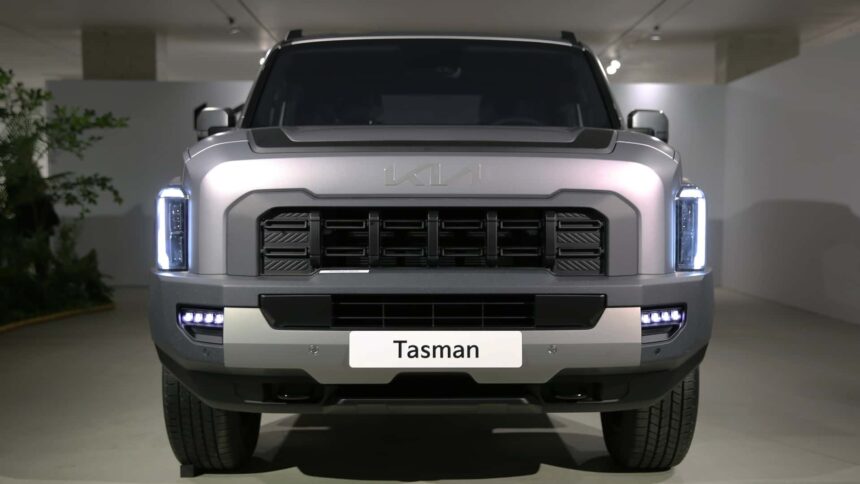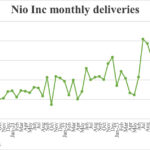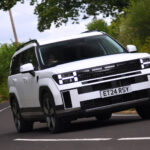Overall, Kia’s exterior design chief is proud of the Tasman’s unique and striking appearance. The pickup truck’s funky styling was not by accident, as it was intentionally designed to stand out in a competitive market. Despite mixed responses from the public, Kia stands by its design choices and believes that the Tasman will make a lasting impression on the road.
The design process involved all of Kia’s design studios worldwide, with 20 initial proposals considered before narrowing down to three final designs. The final result was carefully crafted to create a bold and memorable vehicle that demands attention.
One criticism of the Tasman is the lack of a six-cylinder engine, unlike its competitors that offer V-6 options. However, Kia defends its decision by focusing on the performance of its four-cylinder gasoline and diesel engines. The company emphasizes the importance of torque at lower rpms for a pickup truck’s functionality rather than peak output.
Despite the current engine options, Kia is open to the possibility of introducing a more powerful V-6 engine in the future, acknowledging that the Tasman has a long life ahead of it. With its unconventional design and performance-oriented approach, the Kia Tasman is set to make waves in the pickup truck segment when it hits the market in 2025.
However, Kia’s plans to potentially offer a six-cylinder engine option for the Tasman SUV in Australia may face some challenges. Kia’s head of design, Karim Habib, cautions that stricter emissions regulations could prevent the brand from putting six cylinders under the hood, at least in the Australian market.
Australia has been moving towards stricter emissions standards to reduce the environmental impact of vehicles on the road. As a result, car manufacturers have been facing pressure to produce more fuel-efficient and environmentally friendly vehicles. This has led to a shift towards smaller, more efficient engines and alternative powertrains.
While Kia has not confirmed the engine options for the Tasman SUV, the possibility of offering a six-cylinder engine may be limited by these emissions regulations. Habib acknowledges that the brand is aware of the challenges posed by stricter emissions standards and is considering alternative powertrain options for the Tasman.
One possible solution could be the introduction of hybrid or electric powertrains for the Tasman SUV. Kia has been expanding its lineup of electrified vehicles, including hybrid, plug-in hybrid, and fully electric models. By offering a hybrid or electric option for the Tasman, Kia could meet emissions regulations while still providing a powerful and efficient vehicle for Australian consumers.
Ultimately, the decision on engine options for the Tasman SUV will depend on a variety of factors, including market demand, regulatory requirements, and Kia’s overall strategy for the Australian market. While the possibility of a six-cylinder engine may be uncertain, Kia remains committed to offering a range of innovative and sustainable vehicles for consumers in Australia.







